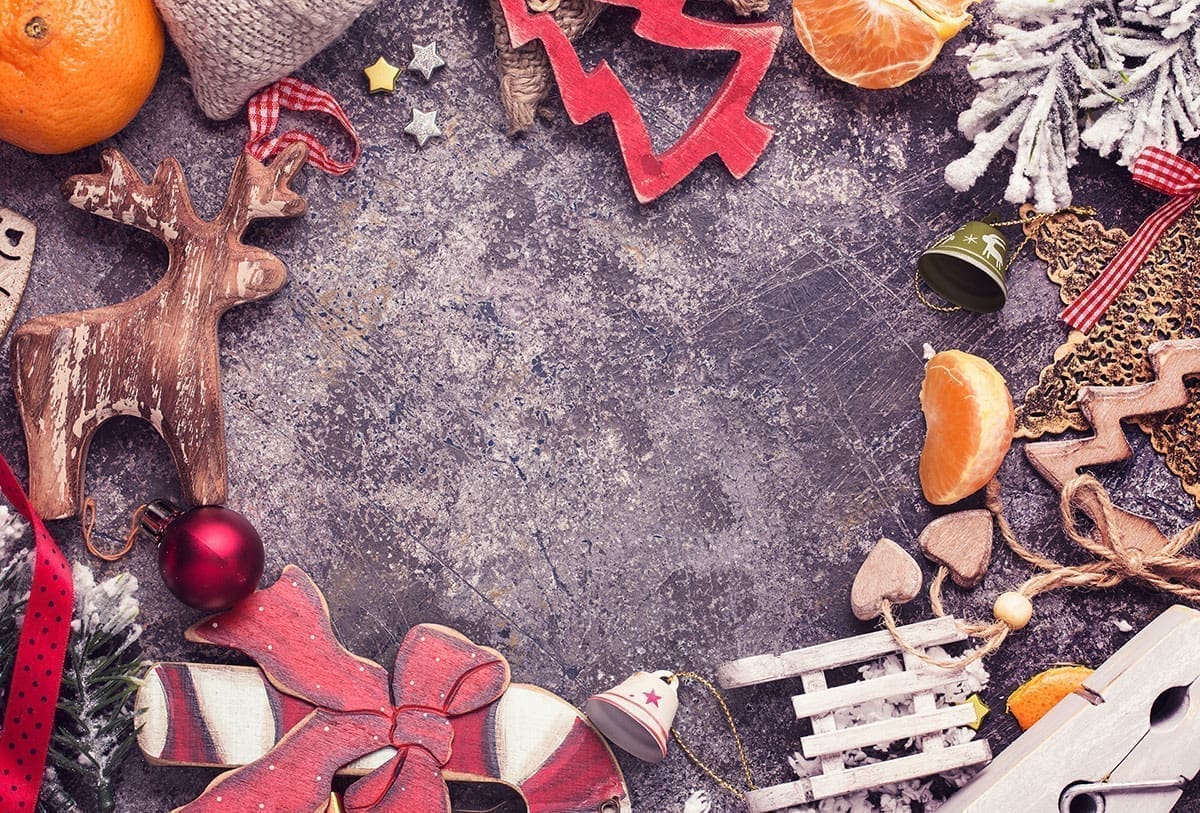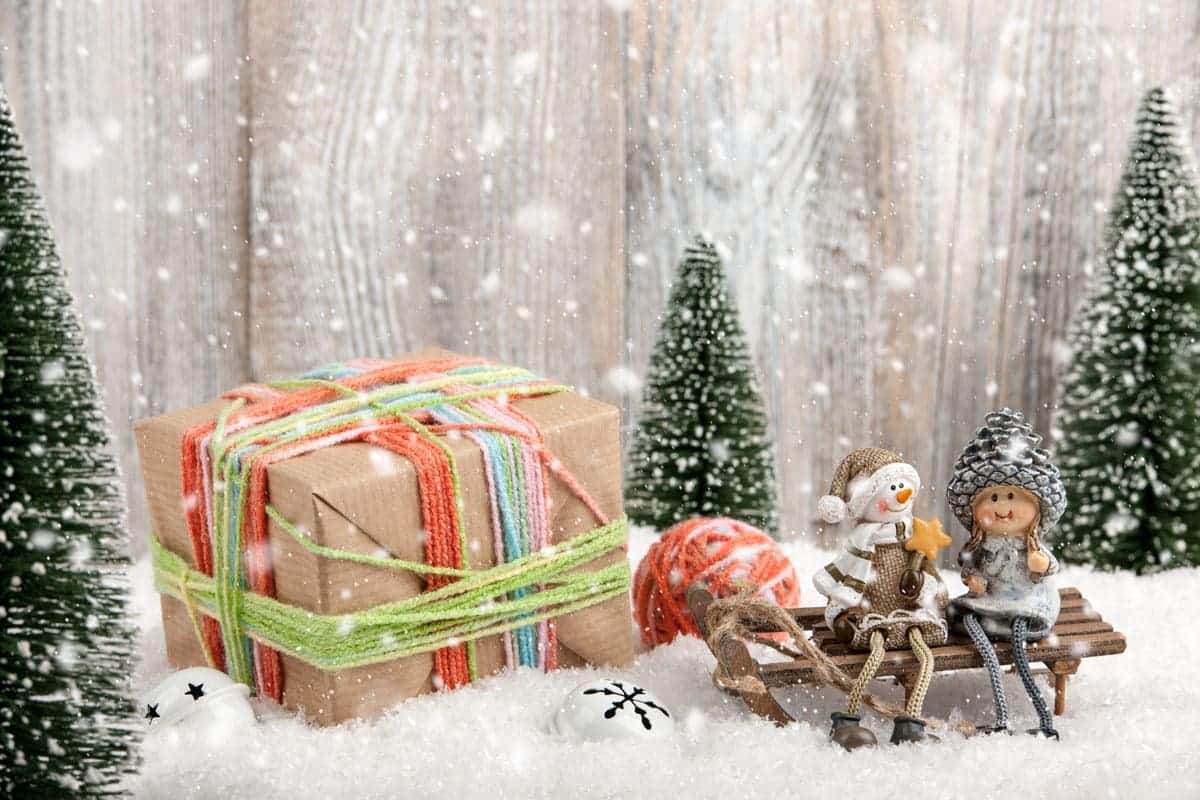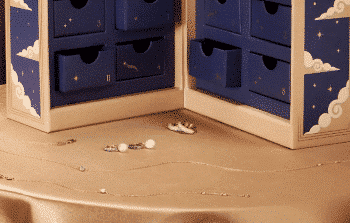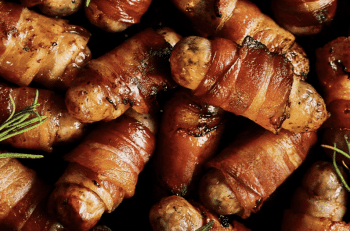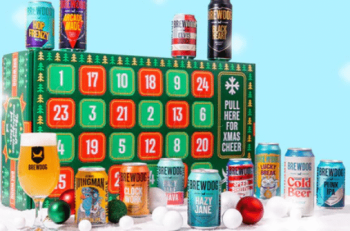The world has moved on a great deal since the Victorian age, and in many respects that’s a good thing – the Industrial Revolution was great and all, but we could do without the asylums, poorhouses and outbreaks of tuberculosis.
We’ll say one thing for the Victorians, though – those crazy cats knew how to celebrate Christmas. Saint Nicholas, the patron saint of children, became Santa Claus in the 1870s, but it was a less rotund and far cleaner-shaven gentleman that is responsible for most of Christmas as we know it. Albert, the Prince Consort and husband of Victoria, brought countless traditions from his native Germany to Britain.
If you’re keen to re-enact a festive season so authentically 19th Century that you’d half expect a knock at the door from Tiny Tim, read on for the full low-down.
The Decorations
So we’ve established that Prince Albert brought the Christmas tree to British living rooms, but how did the Victorians decorate their centrepiece? It wasn’t as though they could pop to the high street to pick up a handy batch of pre-made trinkets. You can keep the tinsel though, as that was brought over alongside the tree in 1846 – another invention of the Germans, although it was an expensive luxury item at this point.
Nuts were more than just a popular snack in Victorian Britain; they also acted as a key component of decorating a Christmas tree. Walnuts were particularly popular for use as a festive ornament, gilded with a gold leaf or paint and wrapped in red ribbon before being hung on a branch. For a truly Victorian experience, crack the nutshell open before you start and remove the contents, before replacing them with a handwritten message of goodwill and gluing the halves back together again.
Alongside these nuts, Victorians would also hang numerous sweet fruits such as sugarplums, raisins and candies – the origin of the popular idiom, “If ifs and buts were candies and nuts we’d all have a merry Christmas.” You could even hang some popcorn too – add a little food dye to stick with a festive colour scheme of red, gold, green and silver.
Other decorations to hand can be created from paper, as this was a Victorian specialty. You can make these yourself by using the pages of unwanted books and magazines – cut the pages into squares then roll them into cones and create a wreath. Greenery was a big feature of Victorian homes too, so hang foliage over every doorway and mantle that you can, applying shades of colour through ribbons. Finally, make sure there is a floral wreath on your front door – no Victorian Christmas decor is complete with it.
The Food
With a clear divide between the rich and the poor in the early Victorian era, it was hugely important that every family got to experience a fine meal on Christmas Day. Roast beef and goose were formerly the meats of choice, with families in the north tucking into the former and south enjoying the latter. However – and yes, there’s a theme occurring here – Prince Albert’s passion for turkey soon trickled down from the royal family to the poorest households in the nation.
We can also thank Victoria’s beau for introducing many traditional Christmas desserts and snacks, including gingerbread and Christmas pudding. Mince pies also date back to the Victorian age, but if you’re looking to replicate this era you can’t nip to Tesco; you’ll have to bake from scratch using real meat, mixing with currants, raisins, nutmeg, cinnamon, chopped apples and citrus peel.
Finally, don’t skimp on the Christmas Crackers at the table – these were an essential element of a Victorian Christmas meal, and the design has barely changed since the end of the 19th Century.
The Gifts
There was no Amazon Prime or iPhone X in the Victorian Era, so the art of gift giving was a very different experience. For a start, prior to this period in history New Years was considered a considerably bigger holiday, and gifts would be exchanged on January 1st. You probably won’t be surprised to learn that it was with the arrival of Prince Albert that giving and receiving was moved up the calendar to December 25th.
Initially, these gifts would take the shape of the treats that were hung on the tree, before gradually becoming more elaborate. Poorer families struggled to match the largess and excess of their wealthier counterparts, meaning that children in these families tended to make do with an orange, an apple and a handful of nuts. If families could afford it, however, they would purchase handcrafted and clockwork toys to delight their children. This became more commonplace with the advent of the industrial revolution, however, when mass-produced toys and games became available to more families. Obviously these gifts were too heavy to hang from a branch, hence the tradition of leaving wrapped gifts beneath the tree.
It wasn’t just the kids that benefited from the season of giving, however. The term Boxing Day refers to a tradition of serving staff and factory employees being provided with a ‘Christmas Box’ by their superiors, which would be opened the day after Christmas and typically contained money and small trinkets. For serving staff in particular, Boxing Day was their chance to rest following a busy day of cooking, cleaning and serving the Christmas feast expected of their employers.
Conversely, Prince Albert also introduced Christmas Cards after Victoria was enchanted by an image of a festive scene printed on paper that her husband showed her. By the end of the Victorian era, it was a commonplace expectation among the middle and upper classes that festive greetings would be received via these cardboard communications.
The Entertainment
Victorian Christmas entertainment differed from how we may amuse ourselves nowadays – there was no cramming around the TV and starting a full-scale family riot over a game of Trivial Pursuit.
One popular activity, while it may seem counter-productive when you’re hoping to pack the kids off for a sound and restful sleep – was to gather around the fire and tell ghost stories. This stemmed from the pagan roots of the yuletide season, and undeniably reached its peak with Charles Dickens’ A Christmas Carol, though for a more modern flavour take a look at Susan Hill’s celebrated The Woman in Black.
Beyond this, parlour games were hugely popular for Victorian households. Charades, which began as a Victorian tradition, is still associated with Christmas Day now. Pass the Slipper was another popular choice, in which the players would stand in a circle with one player in the middle, eyes firmly closed. A slipper (or other small object) would then be passed around the circle, stopping when the person in the middle opened their eyes. They would then have to guess who held the slipper behind their back – and if successful, that person would take their place in the centre of the circle.
If you’re still feeling remotely flexible after dinner, you could also try Sculptor, in which one player attempts to manipulate everybody else into strange bodily positions (keeping it clean, please). The rules are simple – the sculptor will do their best to make the other plays move or laugh – and thus lose – while the statues will do their best to remain completely static. Hey, if nothing else, it could be a great opportunity to take a nap.
Of course, you could also enjoy an old-fashioned family sing-along…
The Carols
Carol signing was a huge part of the Victorian Christmas experience, with many of the numbers rewritten as twists on classic medieval songs. Many houses in Victorian Britain were equipped with a piano, and it was customary to gather around and sing merrily after dinner. Some of the most popular carols that are still performed to this day, including Oh Come all Ye Faithful, Away in a Manger, Jingle Bells, Silent Night, Deck the Halls, Joy to the World and Oh Little Town of Bethlehem all originated from the Victorian era.
What of carol signing, though – how did it become traditional to stroll from door to door like the world’s merriest band of buskers? This tradition actually began hundreds of years before, when the poorest people in the land would travel from door to door in the hope of exchanging angelic singing for food.
The Victorians took this up a notch, adding a number of instruments to mix. The intent was the same; these carollers would carry wooden bowls, which they hoped would be filled with food, wine or money, and would often be offered a warm mug of mulled wine or wassail punch to combat the winter chill. Overall, it was a heart-warming festive experience for all concerned – with the exception of Ebenezer Scrooge.
Throwing the perfect Victorian Christmas will take some effort, but it will be a festive season that you never forget. Give it a try this year – say no to modern technology and traditions, and get back in touch with the roots of modern Yuletide culture. It’s a sure-fire way of feeling the Christmas magic.

